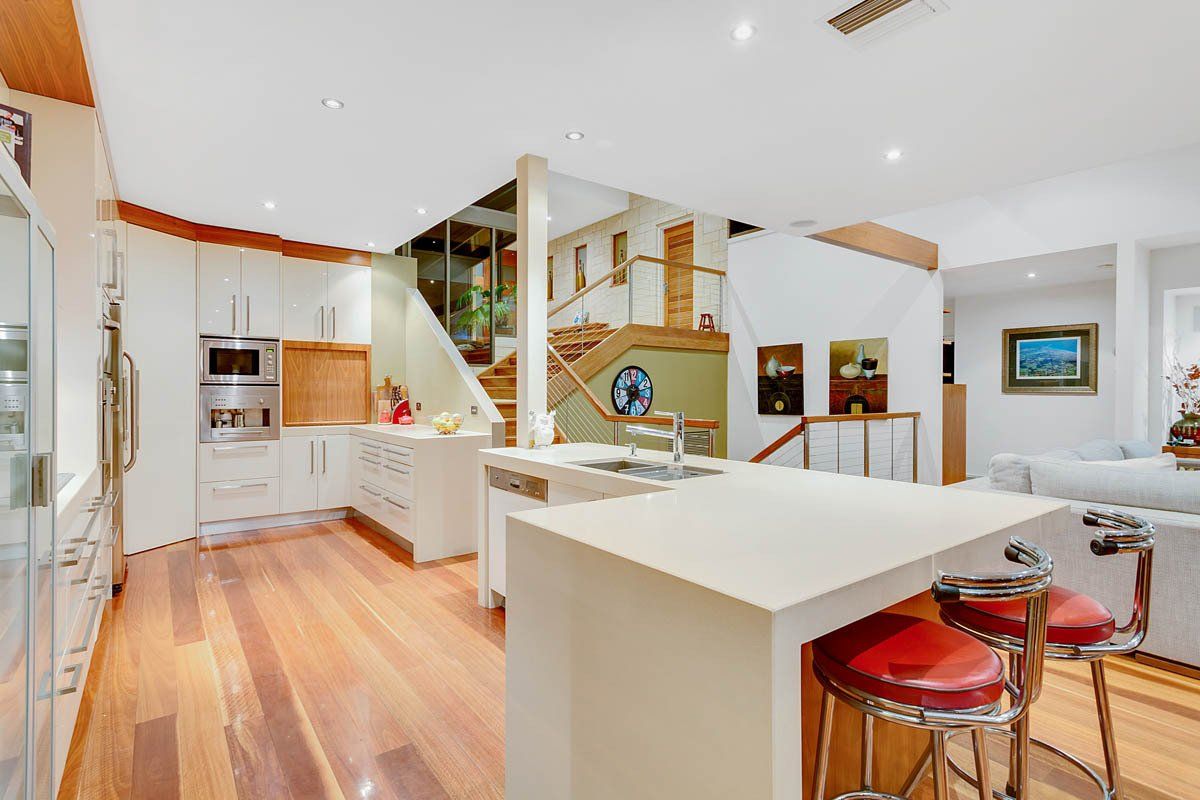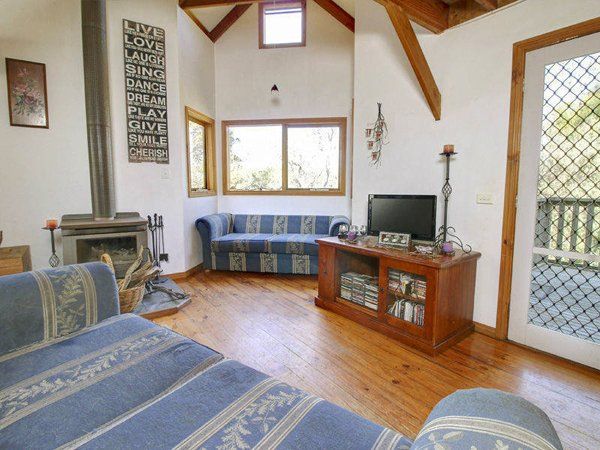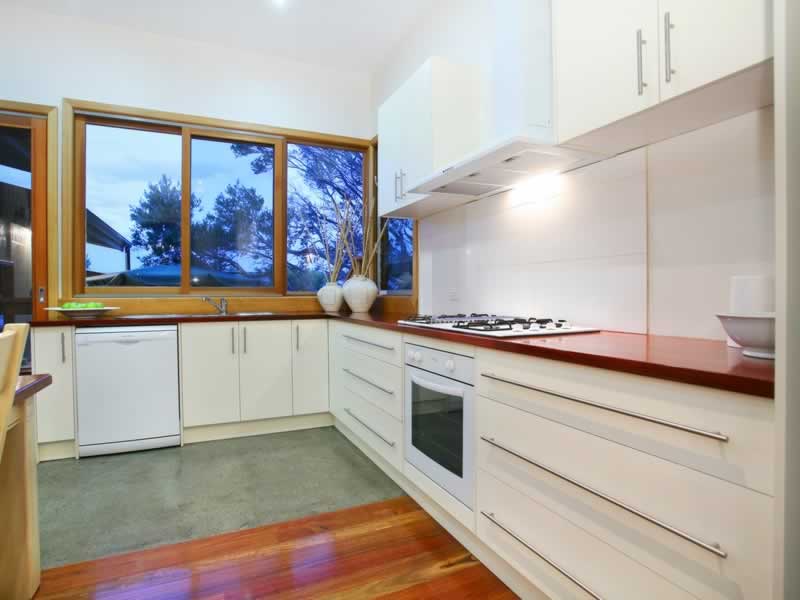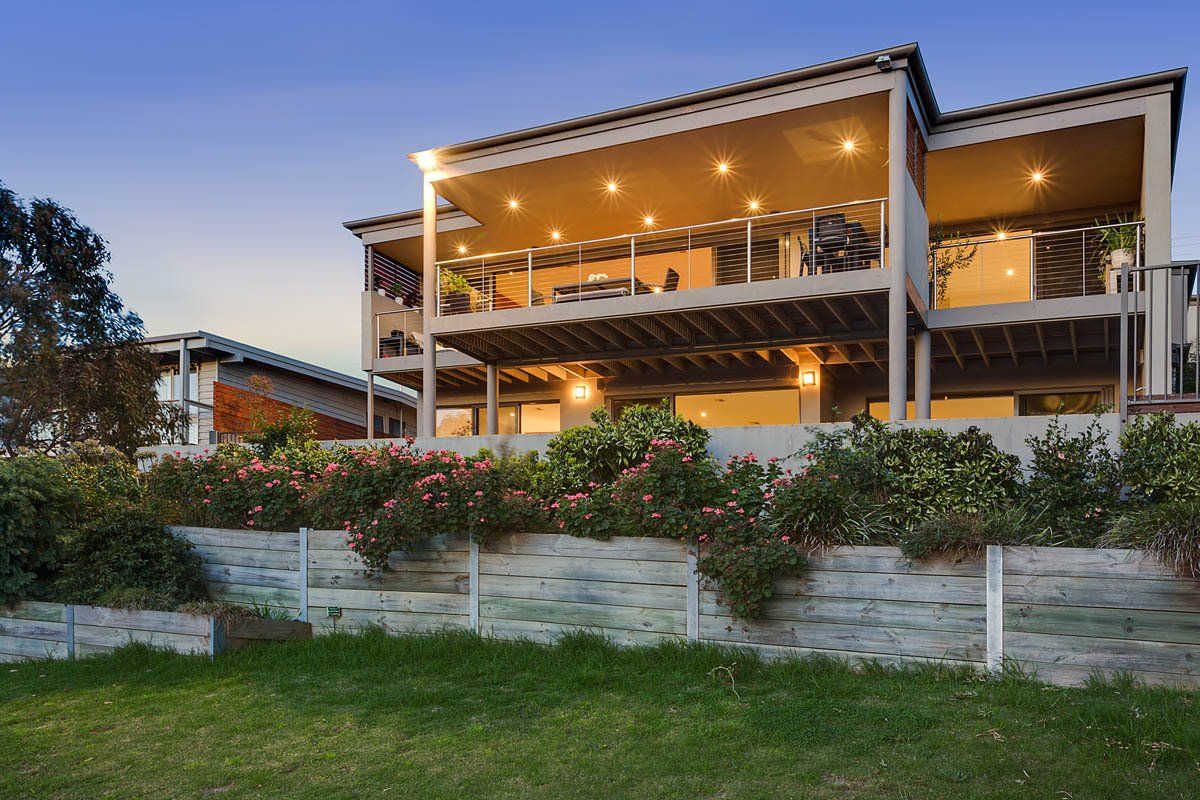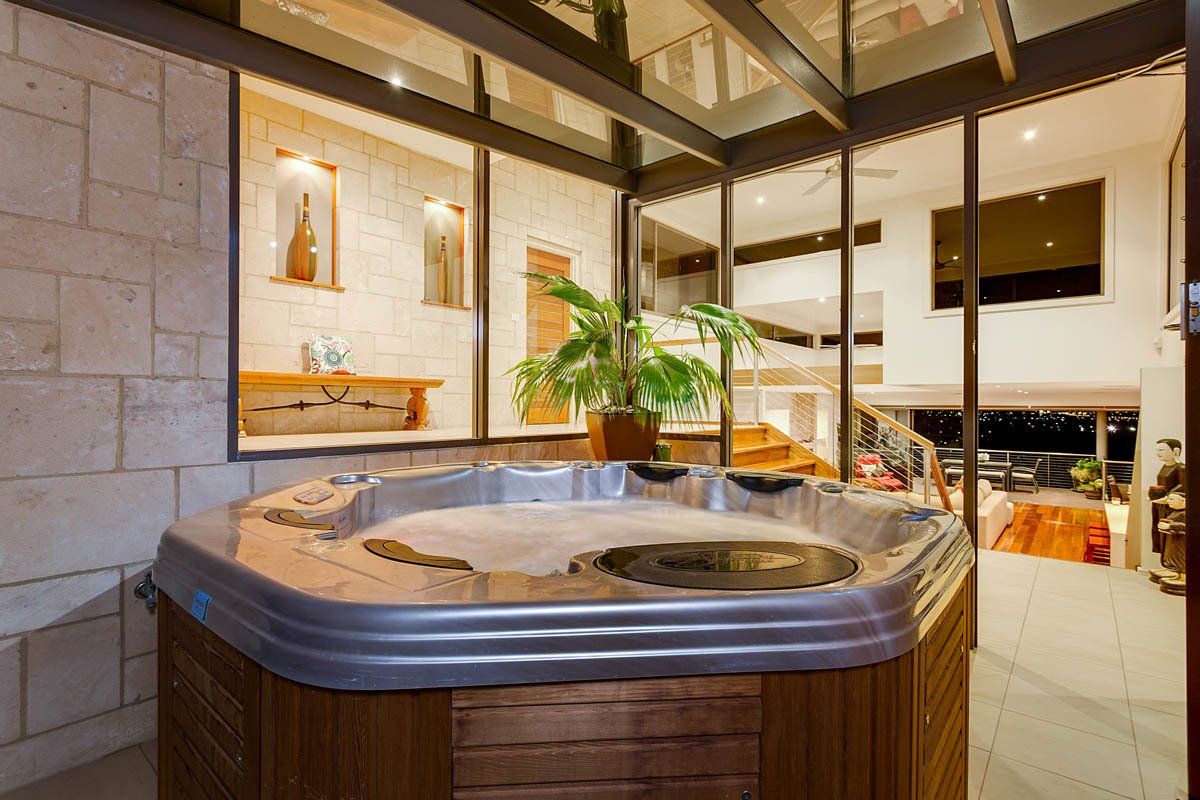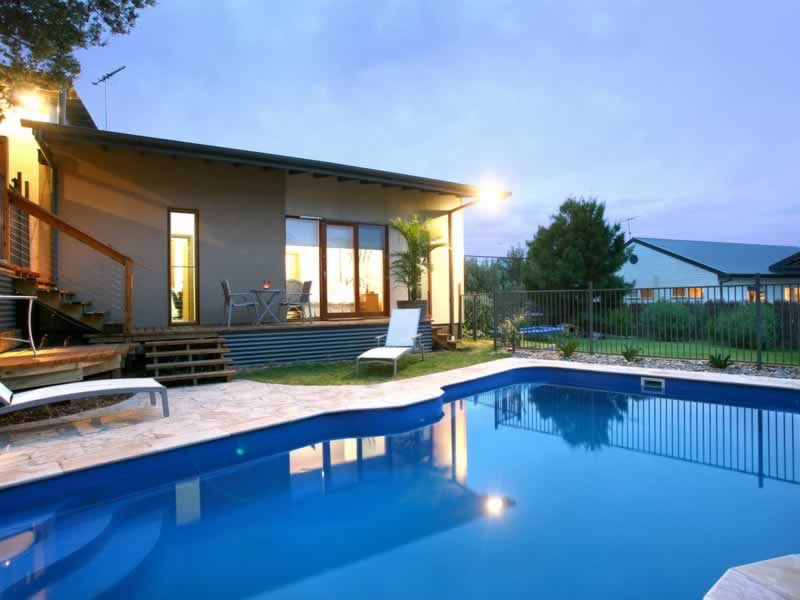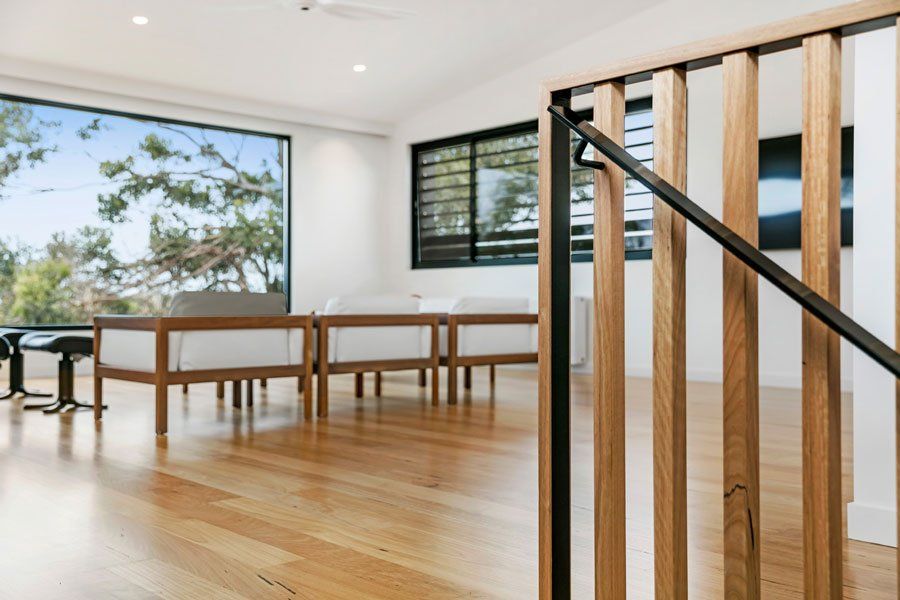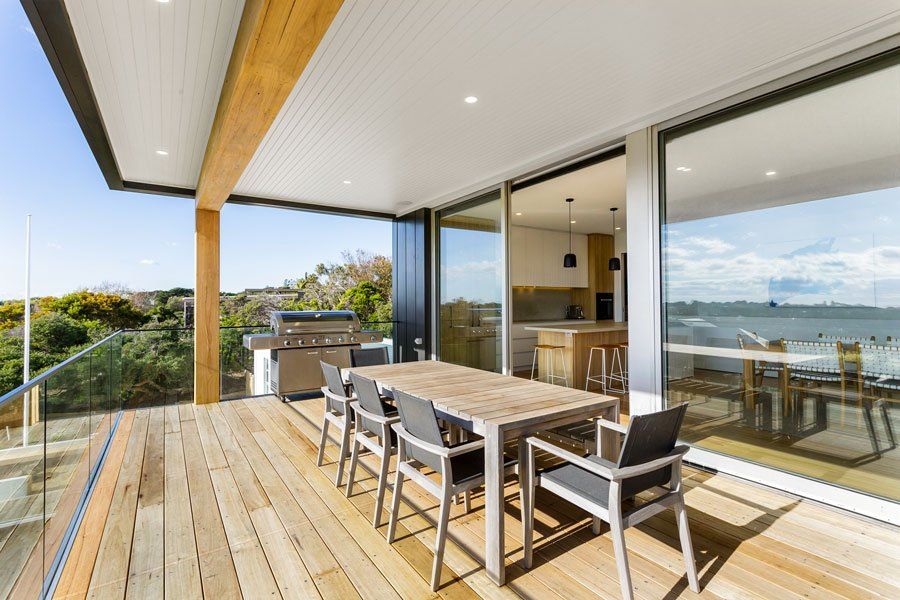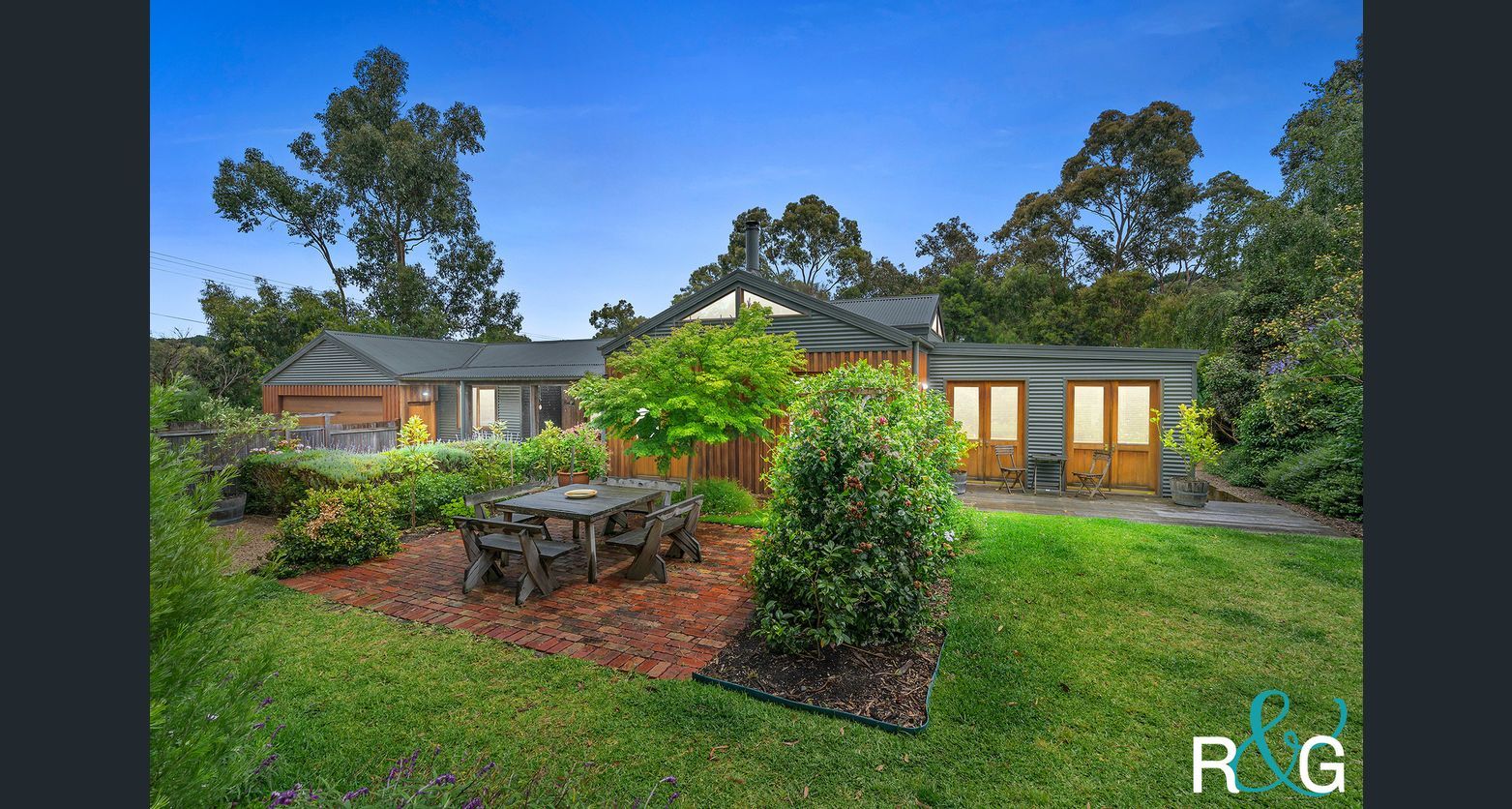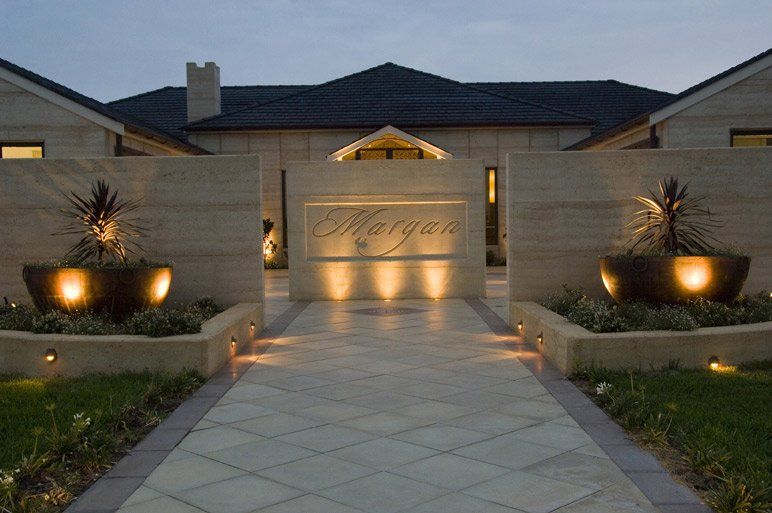Fresh Air
Fresh Air
Modern homes are now required by regulation to be air tight to enhance the control of heat and cold transfer to and from outside of any residential building. This enables the interior of the building to be comfortable for the people living in it, and along with other passive principles creates the opportunity to reduce the consumption of energy that leaves a big carbon footprint. However if the air in the house is not exchanged with fresh air often, Co2 can build up in the house from our breath and also gases given off by floor coverings, furniture, wall paint and a range of other synthetic materials, which can lead to illness if not addressed. There are several types of technologies that can be used to provide fresh air and the energy to run them can come from solar electric power. Generally heat recovery ventilation systems (HRV), heat pumps and humidity controllers (ERV) create 5 times more energy than they consume. Interior climate control is not dependent on the outside conditions but tuned to the site specific environment.
Ventilation with heat recovery for efficiency
Ventilation units with heat recovery is key in terms of energy savings, as they ensure that the warmth carried by the exhaust air is not wasted, but first transferred to the incoming fresh air without the two air streams ever physically mixing. In extremely hot conditions, heat exchangers can also work in reverse so that the heat carried by the incoming air is transferred to the exhaust air and thus pre-cooled before entering the rooms. These systems should also be equipped with automatically controlled bypasses, thus allowing the incoming air to bypass heat exchange, for example, during the night at times when days are warm and nights are cool.
Protection against mould
In order to avoid the build-up of moisture and mould, continual aeration with a mechanical ventilation system, good thermal protection and a thermal bridge free structure, all hallmarks of the Passive House Standard, are a must. Window and door frames must be well insulated. Double or Triple low-e glazed window panes with noble gas filling should be used, although double glazing may be sufficient in hotter climes. Thermally separated, non-aluminium spacers at the glass edge seal are also important.
